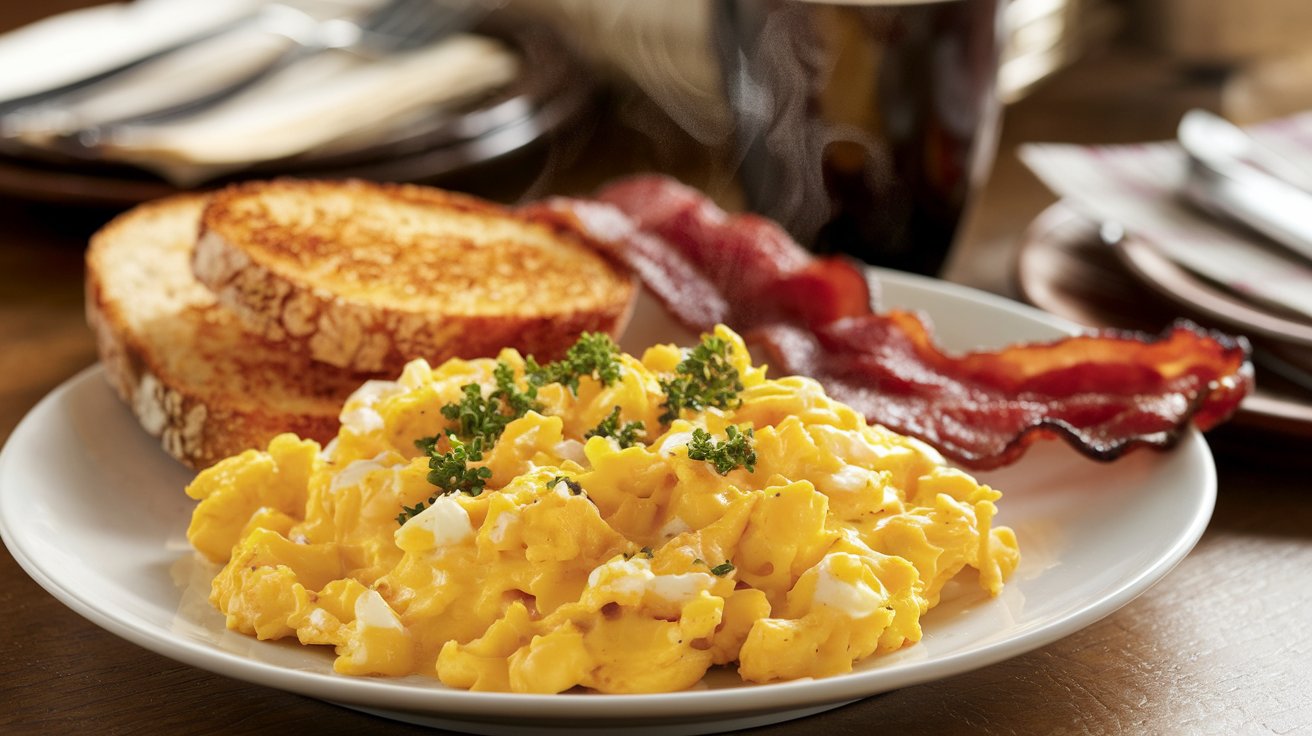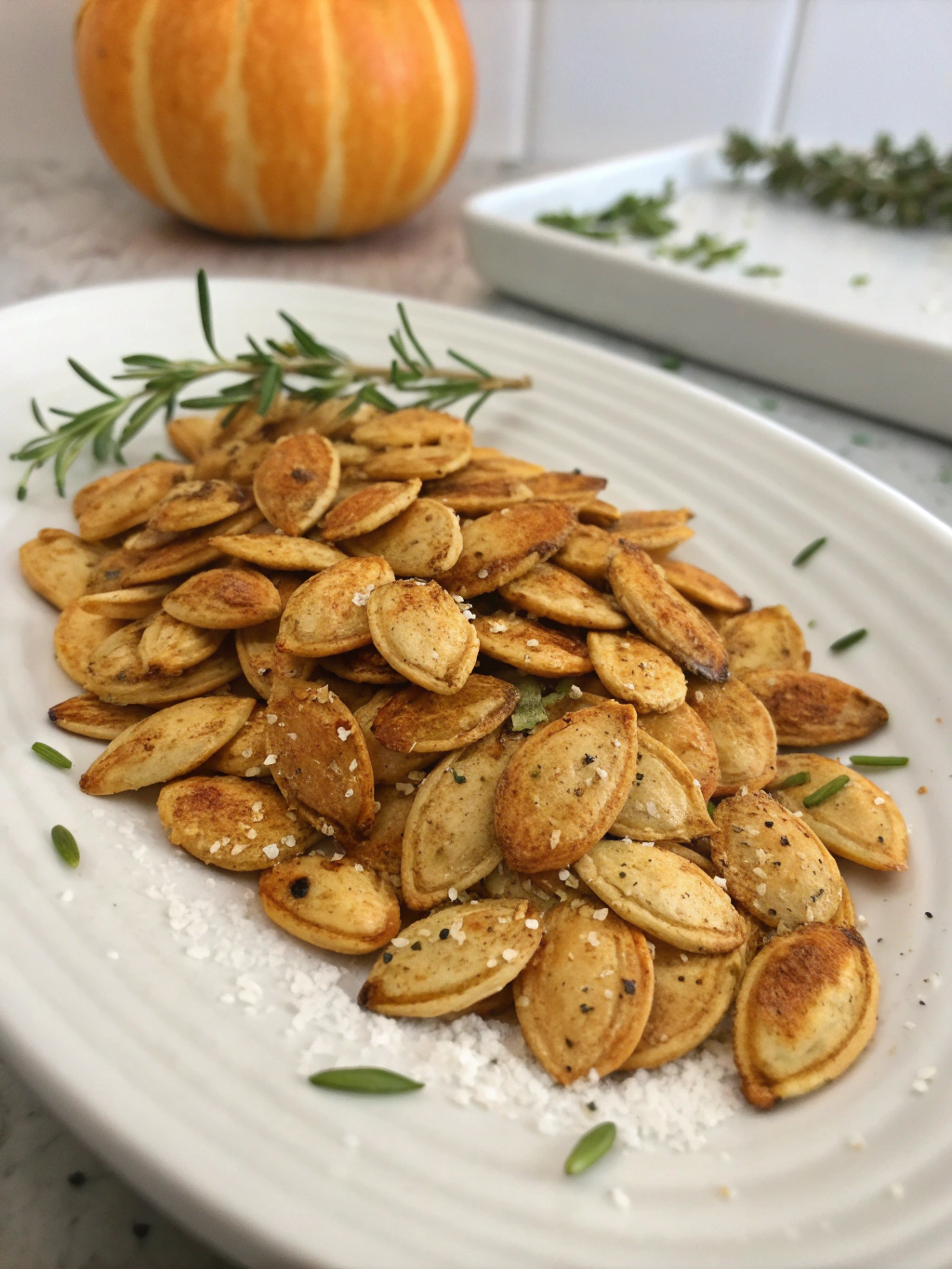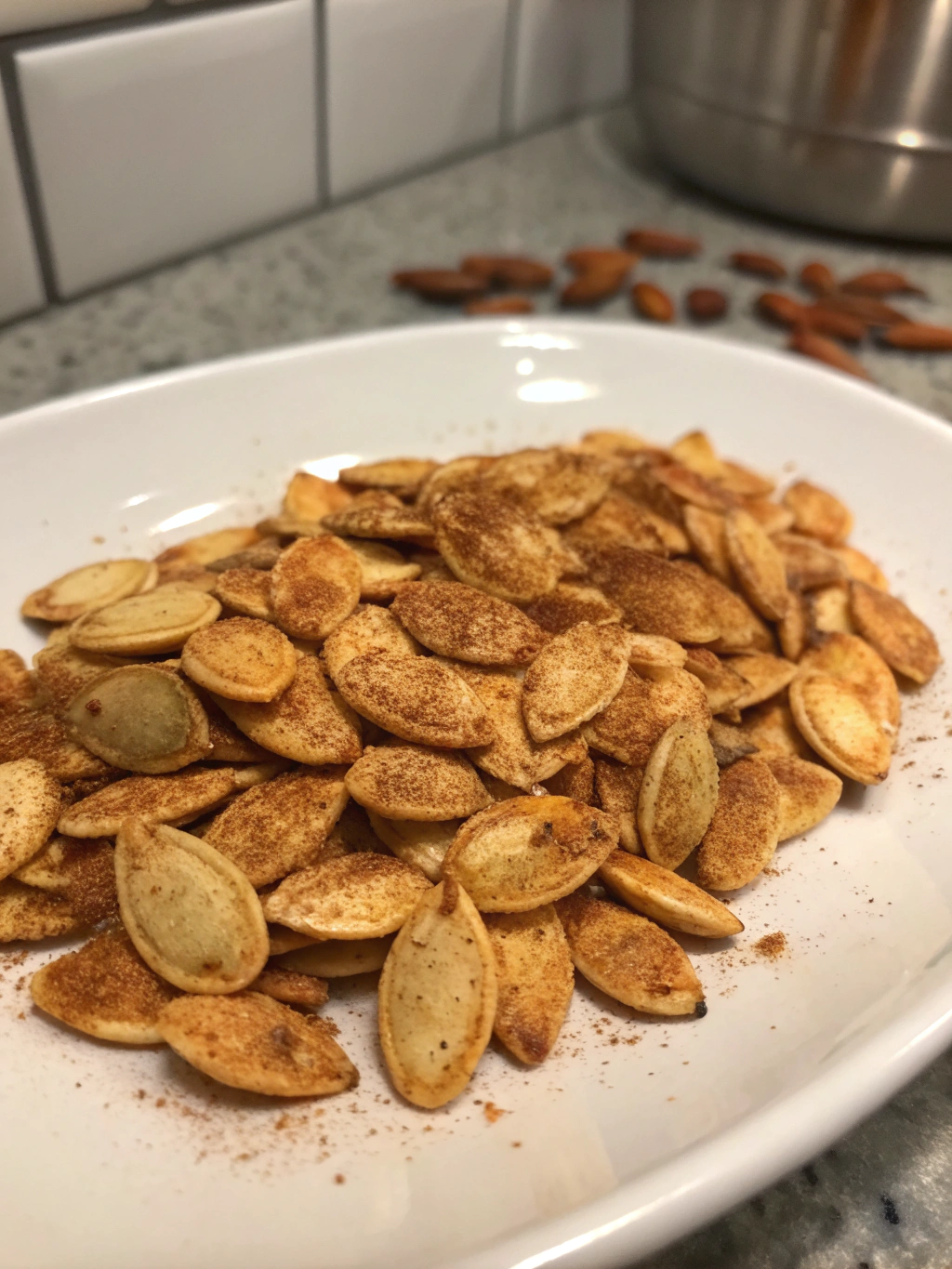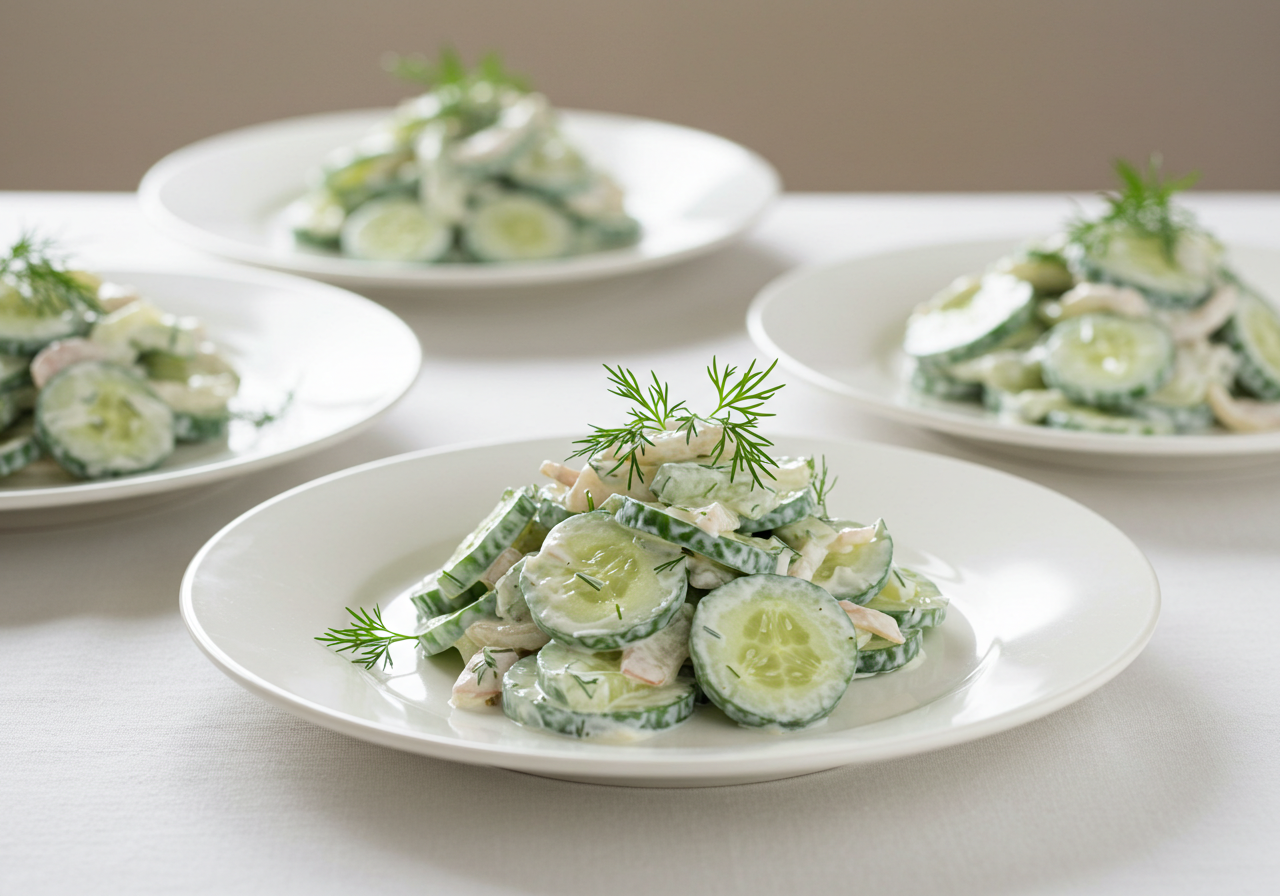Few dishes evoke the same sense of warmth and satisfaction as a plate of cheesy scrambled eggs. Whether you’re rushing out the door or indulging in a leisurely brunch, this simple yet decadent meal delivers comfort in every bite. Combining fluffy eggs with rich, melted cheese, it’s no wonder this dish has become a beloved staple across cultures and cuisines.
What Are Cheesy Scrambled Eggs?
Cheesy scrambled eggs are a savory breakfast dish made by blending whisked eggs with cheese, then cooking them gently to create a creamy, flavorful scramble. The choice of cheese can vary—from sharp cheddar to tangy feta or gooey mozzarella—allowing for endless customization. Often enhanced with butter, cream, or milk, the result is a dish that’s both rich in taste and luxurious in texture.
Why Cheesy Scrambled Eggs Are a Breakfast Favorite
Cheesy scrambled eggs are cherished for their:
- Simplicity: With just a handful of ingredients and a few minutes, you can create a meal that’s both satisfying and nourishing.
- Versatility: They pair perfectly with toast, crispy bacon, sautéed veggies, or fresh avocado, making them a cornerstone of countless breakfast combinations.
- Nutritional Value: Eggs are a powerhouse of protein and essential nutrients, and adding cheese provides calcium and flavor for an added nutritional boost.
- Universal Appeal: From kids to adults, few can resist the gooey, cheesy goodness of this comfort food classic.
Whether you’re a seasoned chef or a kitchen novice, mastering cheesy scrambled eggs is a delicious way to elevate your breakfast game.
Ingredients for Perfect Cheesy Scrambled Eggs
Essential Ingredients
To create the perfect cheesy scrambled eggs, you’ll need the following core components:
- Eggs: The star of the dish, eggs provide the base for your scramble. Opt for fresh, high-quality eggs for the best flavor and texture.
- Cheese Varieties: Choose your favorite cheese or mix and match for a unique flavor profile. Popular options include:
- Cheddar: Sharp and tangy, it melts beautifully into the eggs.
- Mozzarella: Mild and gooey, offering a delightful creaminess.
- Parmesan: Adds a salty, nutty flavor that enhances the overall taste.
- Butter or Oil: Butter lends a rich flavor, while oil (such as olive or vegetable oil) works well for a lighter option.
- Milk or Cream: A splash of milk or cream ensures soft, fluffy eggs and adds a velvety texture.
Optional Add-Ins for Extra Flavor
For those who love to experiment with their scrambled eggs, here are some optional ingredients to enhance your dish:
- Vegetables:
- Bell Peppers: Add a sweet and colorful crunch.
- Onions: Deliver a savory depth to the eggs.
- Spinach, Mushrooms, or Tomatoes: Perfect for a fresh and nutritious boost.
- Proteins:
- Bacon: Crispy, salty, and a classic pairing with eggs.
- Ham: Adds a smoky, hearty touch.
- Sausage Crumbles: A flavorful addition for a protein-packed breakfast.
- Herbs and Spices:
- Chives or Parsley: Sprinkle fresh herbs on top for a bright, aromatic finish.
- Paprika or Cayenne Pepper: For a hint of smokiness or heat.
- Black Pepper and Salt: Always season to taste to bring out the flavors.
With these ingredients, you can create a delicious, customized plate of cheesy scrambled eggs every time. Whether you prefer a simple version or a loaded creation, the possibilities are endless!
Choosing the Right Cheese for Scrambled Eggs
Factors to Consider When Choosing Cheese
When selecting cheese for your scrambled eggs, consider the following key factors:
- Melting Point: Choose a cheese that melts well to achieve a creamy and cohesive texture. Softer cheeses like mozzarella or cheddar blend seamlessly with the eggs.
- Flavor Profile: The cheese’s taste can dramatically influence the dish. Mild cheeses complement the eggs’ natural flavor, while sharp or tangy varieties add a bold twist.
Popular Cheeses for Scrambled Eggs
Here are some top choices for cheesy scrambled eggs:
- Cheddar: Sharp and flavorful, cheddar melts easily and pairs wonderfully with eggs for a classic taste.
- Gouda: Creamy and slightly sweet, gouda brings a luxurious texture and rich flavor to the dish.
- Swiss: Known for its nutty, mild taste, Swiss cheese provides a subtle depth without overpowering the eggs.
- Parmesan: A harder cheese with a salty, umami flavor that works well when grated and mixed into the eggs.
Step-by-Step Guide to Making Cheesy Scrambled Eggs
Preparing the Ingredients
- Crack and Whisk the Eggs: Break your eggs into a bowl and whisk until the yolks and whites are fully combined. Add a splash of milk or cream for added fluffiness.
- Grate or Chop the Cheese: Prepare your cheese by grating or cutting it into small pieces to ensure even melting.
- Optional Prep: Dice any add-ins like vegetables or proteins and set them aside for later.
Proper Technique for Scrambling Eggs
- Heat the Pan: Place a non-stick skillet on medium-low heat and add butter or oil. Allow it to melt and coat the pan evenly.
- Add the Eggs: Pour the whisked eggs into the pan.
- Scramble Gently: Stir the eggs slowly with a spatula, ensuring they cook evenly and don’t stick to the pan. Keep the heat low to prevent overcooking.
Incorporating Cheese at the Right Time
- Add Cheese Midway: Once the eggs are partially set but still soft, sprinkle the cheese evenly over the eggs. Stir gently to distribute the cheese.
- Finish Cooking: Continue cooking until the cheese melts and the eggs reach your desired consistency. Remove from heat promptly to avoid overcooking.
- Serve Immediately: Transfer to a plate and garnish with herbs or additional toppings if desired.
Follow these steps to create perfectly cheesy scrambled eggs that are rich, creamy, and packed with flavor!
Tips for Perfect Cheesy Scrambled Eggs Every Time
Maintaining the Right Temperature
- Cook on Low Heat: Keeping the heat low ensures the eggs cook gently and remain creamy rather than rubbery. High heat can cause the proteins to seize, resulting in tough eggs.
- Preheat the Pan: Allow your skillet to warm up before adding the eggs to ensure even cooking.
- Remove from Heat Early: Eggs continue to cook from residual heat even after being removed from the stove. Take them off just before they reach your desired doneness.
Avoiding Common Mistakes
- Overbeating the Eggs: Whisk until just combined to avoid incorporating too much air, which can make the eggs dry.
- Overcrowding the Pan: Cook in batches if necessary to allow enough room for the eggs to scramble properly.
- Adding Cheese Too Early: Incorporating cheese before the eggs start to set can cause it to clump or burn. Add it midway through cooking for optimal melting.
- Skipping Seasoning: Salt and pepper should be added before or during cooking, not after, to enhance the flavor throughout the dish.
Creative Variations of Cheesy Scrambled Eggs
Mexican-Inspired Cheesy Scrambled Eggs
- Ingredients: Cheddar or Monterey Jack cheese, diced jalapeños, onions, tomatoes, and a dash of chili powder or cumin.
- Instructions: Cook the vegetables until soft, then scramble the eggs and add cheese. Garnish with fresh cilantro and serve with warm tortillas or avocado slices.
Italian-Style Cheesy Scrambled Eggs
- Ingredients: Parmesan or mozzarella, sun-dried tomatoes, fresh basil, and a touch of garlic powder.
- Instructions: Add chopped sun-dried tomatoes and garlic powder to the eggs while scrambling. Stir in Parmesan or mozzarella and garnish with fresh basil. Pair with crusty bread for a complete meal.
Low-Carb and Keto-Friendly Variations
- Ingredients: Cream cheese or gouda, sautéed spinach, mushrooms, and diced bacon.
- Instructions: Sauté the vegetables and bacon first, then scramble the eggs and fold in cream cheese or gouda for a rich, keto-friendly dish.
- Garnish: Top with chives or parsley for added freshness.
With these tips and variations, you can master the art of cheesy scrambled eggs and explore exciting new flavor combinations!
Serving Suggestions for Cheesy Scrambled Eggs
Best Accompaniments
Cheesy scrambled eggs are versatile and pair well with a variety of sides to create a balanced and satisfying meal:
- Toast: Buttered whole-grain, sourdough, or brioche toast makes a perfect base or side for soaking up the creamy eggs.
- Sausages: Serve with breakfast sausages or links for a hearty and protein-packed pairing.
- Fresh Fruits: Add a refreshing touch with a side of sliced strawberries, oranges, or a mixed fruit salad to balance the richness of the eggs.
Plating Ideas for a Gourmet Look
- Layered Presentation: Serve the eggs on top of avocado toast or crispy hash browns for a layered dish.
- Use Garnishes: Sprinkle fresh herbs like chives, parsley, or dill on top for a pop of color and flavor.
- Add Height: Use a small ring mold to stack eggs neatly for a restaurant-style presentation.
- Pair with Sides Elegantly: Arrange toast, fruits, and sausages attractively around the eggs on a large plate for an eye-catching breakfast platter.
Health Benefits and Nutritional Value
Nutritional Breakdown of Ingredients
- Eggs:
- Rich in high-quality protein, essential amino acids, and vitamins such as B12 and D.
- Contain choline, which supports brain health.
- Cheese:
- A good source of calcium, protein, and fats (choose reduced-fat varieties for a lighter option).
- Milk or Cream:
- Adds vitamin D and calcium; use non-dairy alternatives for lactose-free options.
- Optional Add-Ins:
- Vegetables like spinach and bell peppers provide fiber, vitamins, and antioxidants.
- Proteins like bacon or ham contribute to additional energy and satiety.
How to Make Cheesy Scrambled Eggs Healthier
- Use Low-Fat Dairy: Opt for low-fat cheese and skim milk or non-dairy alternatives like almond or oat milk.
- Add More Vegetables: Incorporate nutrient-dense veggies such as spinach, zucchini, or tomatoes for extra vitamins and minerals.
- Control Portion Sizes: Use a measured amount of cheese to manage calorie and fat intake without compromising flavor.
- Cook with Minimal Fat: Use a non-stick pan to reduce the need for butter or oil. Alternatively, use a small amount of heart-healthy olive oil.
- Season Smartly: Skip heavy salt and enhance flavors with herbs and spices.
With thoughtful accompaniments and health-conscious tweaks, your cheesy scrambled eggs can be both indulgent and nutritious!
Conclusion
Why Cheesy Scrambled Eggs Deserve a Spot on Your Table
Cheesy scrambled eggs are more than just a breakfast dish—they’re a comforting, versatile, and nutritious option that can fit any meal or occasion. Their creamy texture, rich flavor, and endless customization possibilities make them a timeless favorite for people of all ages.
Whether you’re savoring a quiet morning at home, preparing a quick meal for your family, or impressing guests with a gourmet twist, cheesy scrambled eggs are always a winning choice. They’re easy to make, packed with protein and essential nutrients, and adaptable to any dietary preference or flavor profile.
From their simplicity to their indulgent nature, cheesy scrambled eggs earn their rightful place as a go-to comfort food. So, the next time you’re in the mood for something delicious, whip up a plate of cheesy scrambled eggs and enjoy a meal that warms the heart and delights the palate!
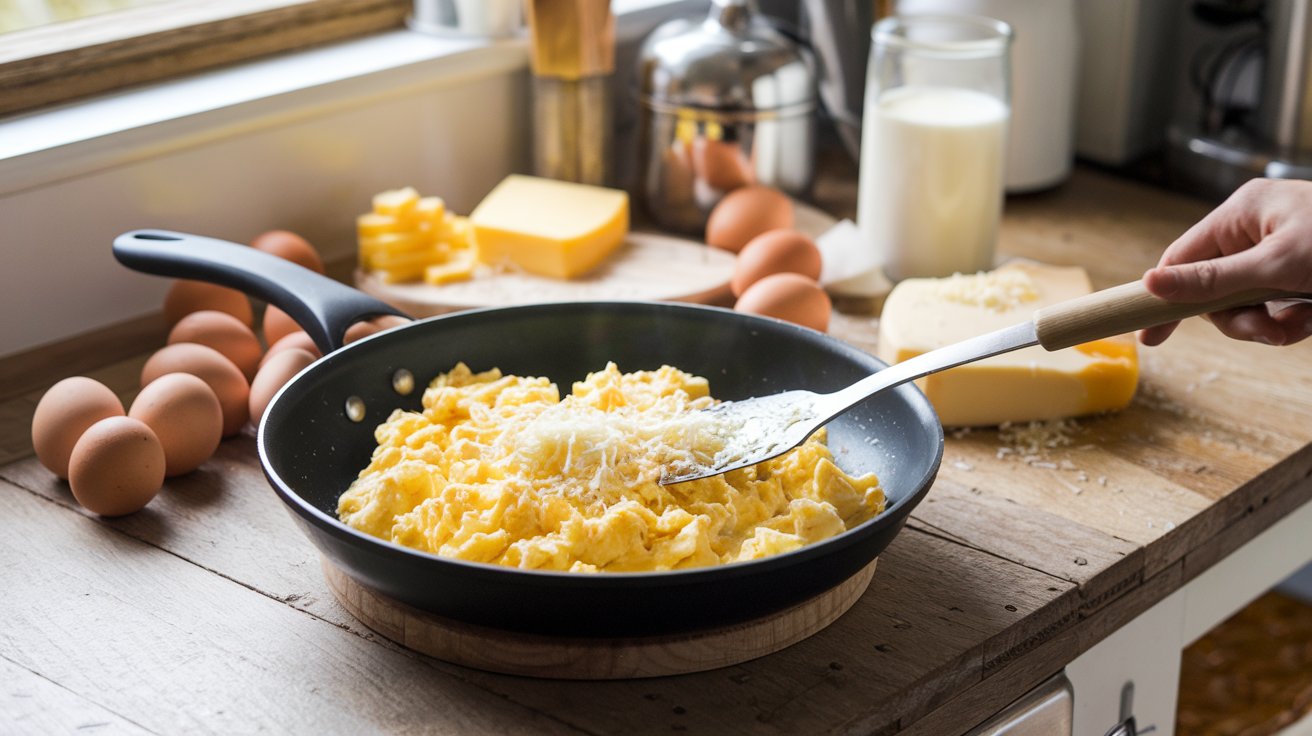
If you’re exploring more breakfast ideas, consider pairing your cheesy scrambled eggs with dishes like this crescent roll breakfast recipe for a delightful morning spread. For meat lovers, this ground beef breakfast recipe offers a hearty complement to your eggs. Looking for a lighter option? Try adding a dollop of cottage cheese on the side, as inspired by this cottage cheese breakfast recipe. These internal links provide inspiration for crafting a well-rounded and satisfying breakfast table.
Frequently Asked Questions About Cheesy Scrambled Eggs
Can I Make Them Ahead of Time?
While scrambled eggs are best enjoyed fresh for their creamy and soft texture, they can be made ahead if necessary. To do this:
- Cook the eggs slightly underdone, as they will continue to cook when reheated.
- Store them in an airtight container in the refrigerator for up to two days.
However, for the freshest taste and texture, it’s recommended to prepare them just before serving.
What’s the Best Way to Reheat Cheesy Scrambled Eggs?
Reheating scrambled eggs requires a gentle approach to prevent them from becoming rubbery:
- Stovetop: Heat a non-stick skillet over low heat. Add a small splash of milk or water to the eggs and stir until warmed through.
- Microwave: Place the eggs in a microwave-safe dish, cover them with a damp paper towel, and heat in 15-20 second increments, stirring in between.
- Oven: For larger portions, cover the eggs with foil and warm them in an oven set to 300°F (150°C) for about 10 minutes.
Are Cheesy Scrambled Eggs Suitable for Meal Prep?
Yes, cheesy scrambled eggs can be included in meal prep plans with a few considerations:
- Storage: Keep them in single-serving containers to make reheating easier.
- Pairing: Store them alongside complementary sides like roasted vegetables or cooked proteins for a balanced meal.
- Customization: Prepare variations with different add-ins to keep meals exciting throughout the week.
For the best taste and quality, consume prepared scrambled eggs within two days and reheat only the portions you need. This ensures your meal prep remains flavorful and satisfying!

